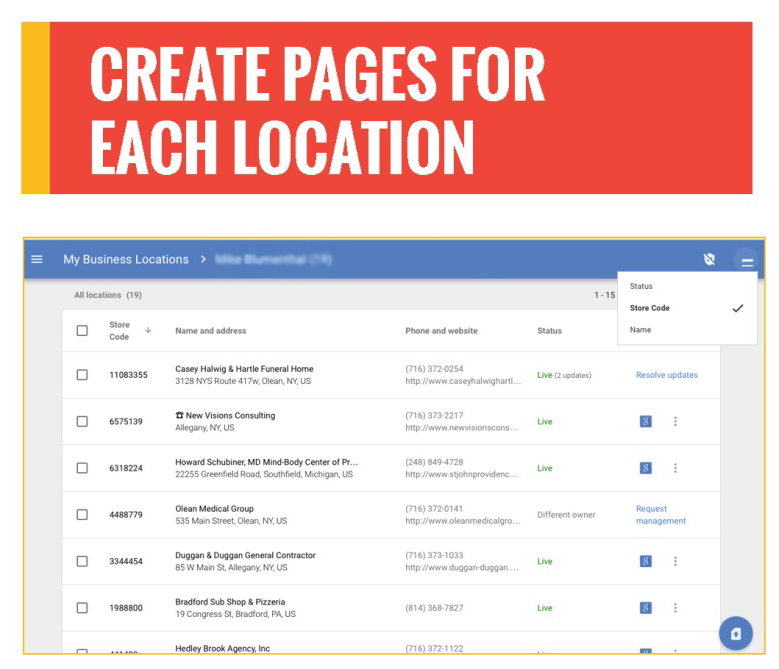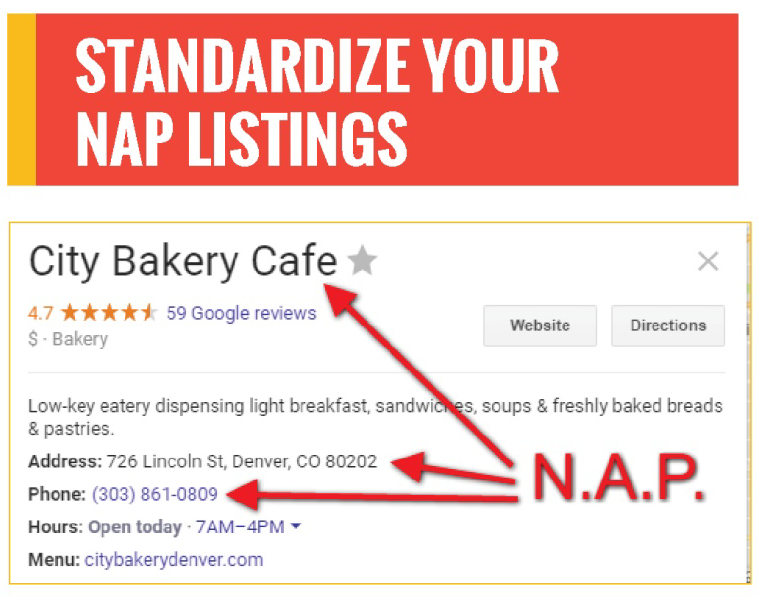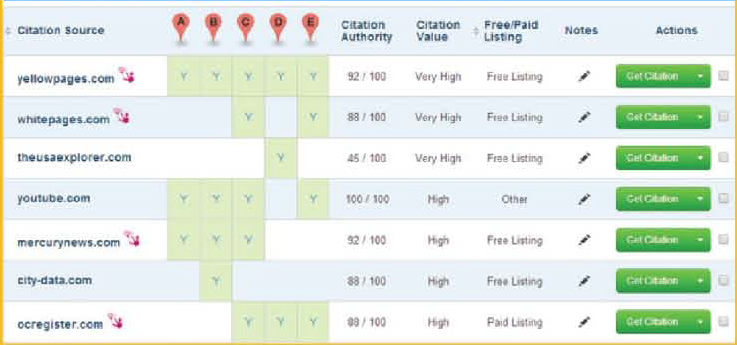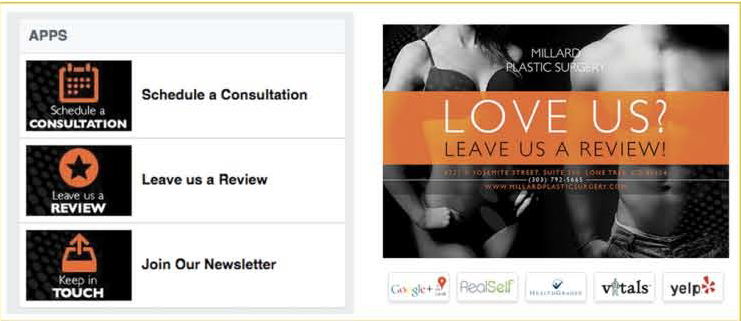
There are a couple of things more gratifying for a business owner than expanding to one or more new locations. Expansion means that your business is doing well. Sales are probably up and the possibilities are endless.
The downside of expansion – specifically if you’re using one website for multiple locations – is figuring out how to make sure that your SEO is keeping tabs on your company. As Google’s algorithms grow more sophisticated, it’s become essential for businesses to rank for local keywords to keep up with the competition.
Fortunately, there are a few things you can do to ensure that your SEO doesn’t suffer when you branch out.

There’s more than one way to skin a cat, but let’s discuss the best practices to list multiple business locations on the web.
You may have noticed that big companies often have a store finder tool on their website. Unless you’re dealing with thousands of locations like Target or Walmart, your best chance of success is to do the following.
- Create a “Locations” page on your site that includes a list of all your locations.
- Next, hyperlink each location listing to a dedicated page for that location. For example, you might create URLs like this: http://www.yourcompany.com/locations/service-city-state. This structure ensures that your site will be easy to map and easy to navigate.
- On each page that you develop, ensure to list the location’s name, street address, and telephone number. You should also include the location’s hours and any other useful information. The more useful the page is, the better it will rank on Google.
The benefit of keeping one domain name is that it’s way less expensive than registering multiple domains. It’s also clear and easy for potential customers to understand if they want to frequent multiple locations.
For each location page, you should make sure to add your city and state in the URL, the title tags, the H1 tags, and the alt image tags. This info will help Google crawl and index your site and ensure that it gets the search juice it deserves.

The next step is to systematize and standardize your NAP listings. NAP stands for “Name, Address, and Phone Number” and having consistent listings is an essential component of local SEO.
When Google prioritizes search results, they intend to make sure that the information they are providing is accurate and useful. If the NAP listings for your company vary from one another in any way, it confuses Google’s algorithms and decreases your online authority.
For example, envision that you have a location with 10 NAP listings. If you have two company name variations, three address variations, and a telephone number error, you have a total of seven pieces of competing information for that one location. It’s easy to observe why that would be an issue.
Each time you include a location, take the time to list the name, address, and phone number as you want it. Then review all existing NAP locations and make sure that the information matches exactly.


The next step you need to follow involves listing each one of your company’s locations on Google My Business and optimizing it accordingly. That means:
- Check your business name to make sure it is correct and matches what you have on your website.
- Do the same for your NAP listing for each location, and ensure that Google hasn’t abbreviated anything that you have spelled out elsewhere.
- Choose up to five relevant categories for your company.
- Upload as many as ten images, making sure they are unique to the specific location being listed.
- Write a unique introduction to your business. Here again, the content should be unique. Do not lift content from your website or other listings. You can and should list services and link to the relevant, location-specific pages on your site.
These steps will help ensure that your GMB presence is doing everything it can to help each location of your business rank in its own right.


Building links is an effective component of SEO. The best links are those that develop organically over time, but you can incentivize links by:
- Connecting with people in your industry
- Connecting with other business in your area
- Claiming listings on Yelp, CitySearch, and other sites
It’s especially important to claim listings for each location because it can help you get reviews. The more reviews you have for a location, the more authoritative your online presence will be.



When you have more than one location for your company, it’s not enough to rely on reviews for your main location to provide an SEO boost and provide potential customers with the social proof they desire.
You may want to have the managers at each of your locations work to encourage customers to leave reviews. There are company-wide policies you can try, such as setting up a points program to incentivize customers to leave reviews. You can print links to your review pages on customer receipts, too.
Reviews help to raise your company’s online profile and make it easier for local customers to find you.


Lastly, bear in mind that Google’s algorithms prioritize fresh content. If your pages for individual locations are stagnant, they won’t get as much authority as pages that are updated on a frequent basis.
For that reason, you may want to rethink adding location blogs or, at the very least, making a habit of frequently adding pictures, videos, and other new content to your website on a consistent basis.
The goal is to ensure that your page is always relevant, updated, and manageable to your customers.

